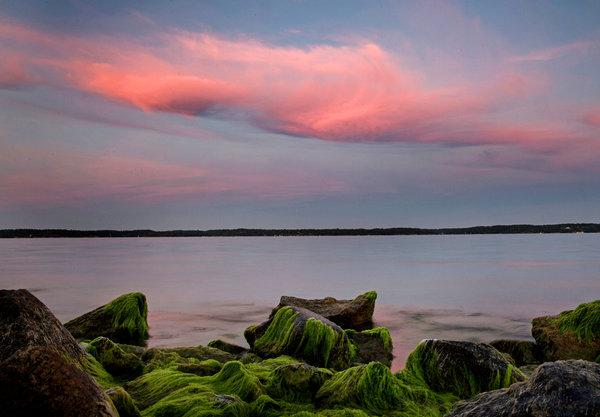
Recently, we have been enamored with landscapes and water. Here’s a thematic roundup with two exhibitions that we’re sorry to have missed, and two that we plan to see soon.
Acquaalta at Palais de Tokyo
The Palais de Tokyo was flooded this summer. On purpose. The artist and composer Céleste Boursier-Mougenot transformed Paris’ contemporary art “anti-museum” with an installation inspired by the seasonal Venetian flood.

Acquaalta filled a massive gallery space with a dark waterscape. Visitors traversed it in small gondolas while their movements were filmed and re-projected in silhouette onto the walls. Those who rowed through the dark found a cushioned block island where they could lie down to become fully immersed in a strange visual and auditory experience.
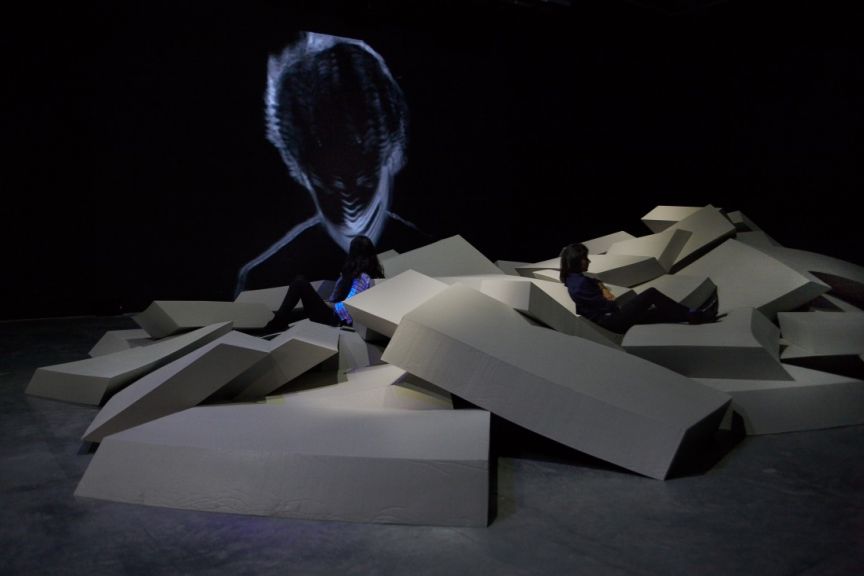
The artist described it as an imaginary journey that references mythology and film, and advised that “it is good to worry the visitor sometimes.” Acquaalta closed on September 13. Boursier-Mougenot’s rêvolutions installation is featured at the French Pavilion of the 2015 Venice Biennale.
Land Meets Water at Artipelag

At Artipelag, near Stockholm, Land Meets Water surveys European and American landscape photography from 1860 to the present. The show expands Artipelag’s series of exhibitions that focus on nature and its image in art, referencing the museum’s site and its extraordinary combination of art, architecture, and natural environment.

The exhibition includes some of the earliest known landscape photographs, with 19th century views of the Yosemite Valley in California by Carleton Watkins, the fjords of Hordaland in Norway by Knud Kundsen, and the rocky coasts near Gothenburg in Sweden by Axel Lindahl.
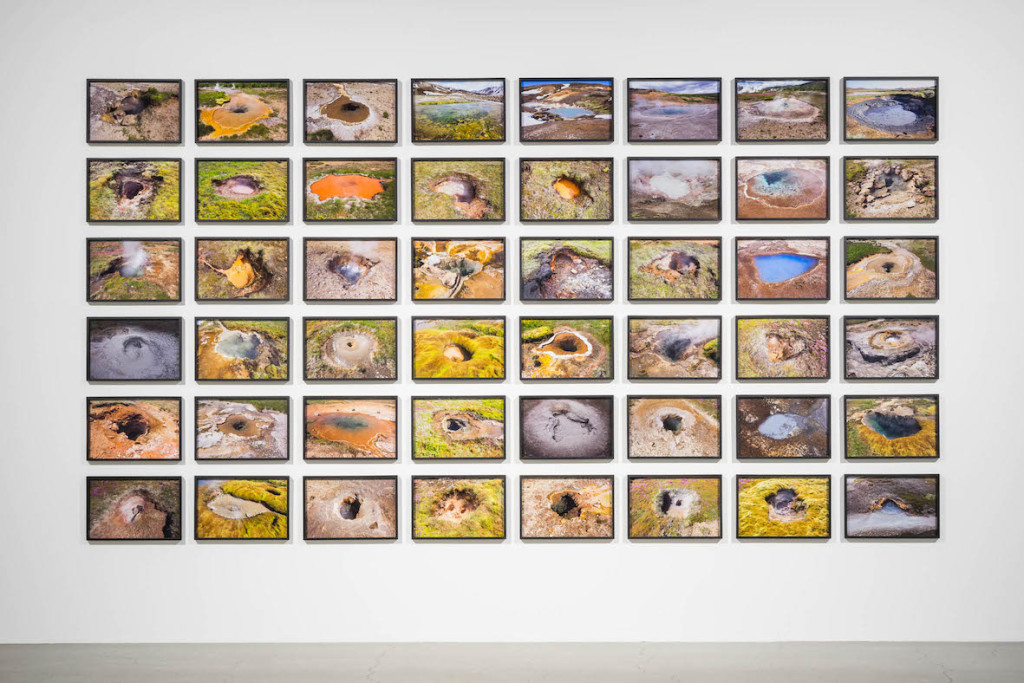
Contemporary works include Ólafur Elíasson’s The Hot Spring Series and Andreas Gursky’s Ocean II. There are more than 300 works by 40 artists in the exhibition, and notably, none of the landscapes include humans or evidence of their presence. It is sublime. Land Meets Water closes on September 27.
Reflections on Water at Palm Springs Art Museum
The Palm Springs Art Museum has just opened Reflections on Water, a selection of works from its permanent collection in a range of mediums. Water is considered as substance and as symbol, from a 1,000-year-old Native American pitcher to 20th century photographs.
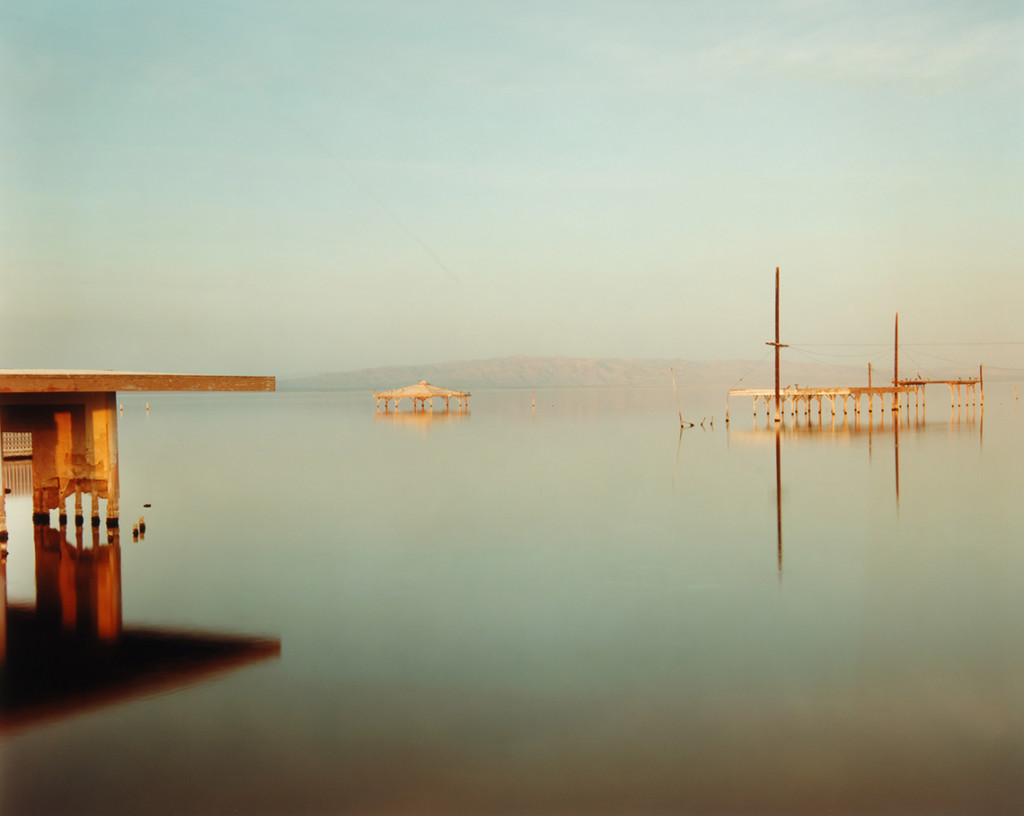
Richard Misrach’s photographs of the Salton Sea are especially significant at PSAM. The exhibition becomes site-specific in Palm Springs, an oasis at risk from entropy, drought, and the Salton Sea. Reflections on Water continues through May 1, 2016.
Rain Room at LACMA
This November, the Los Angeles County Museum of Art will open the crowd-pleasing Rain Room. The installation is an immersive environment in which visitors pass through falling water without getting wet. Body-mapping cameras and a software-controlled water system detect human bodies and pause the rain as people move through the space.
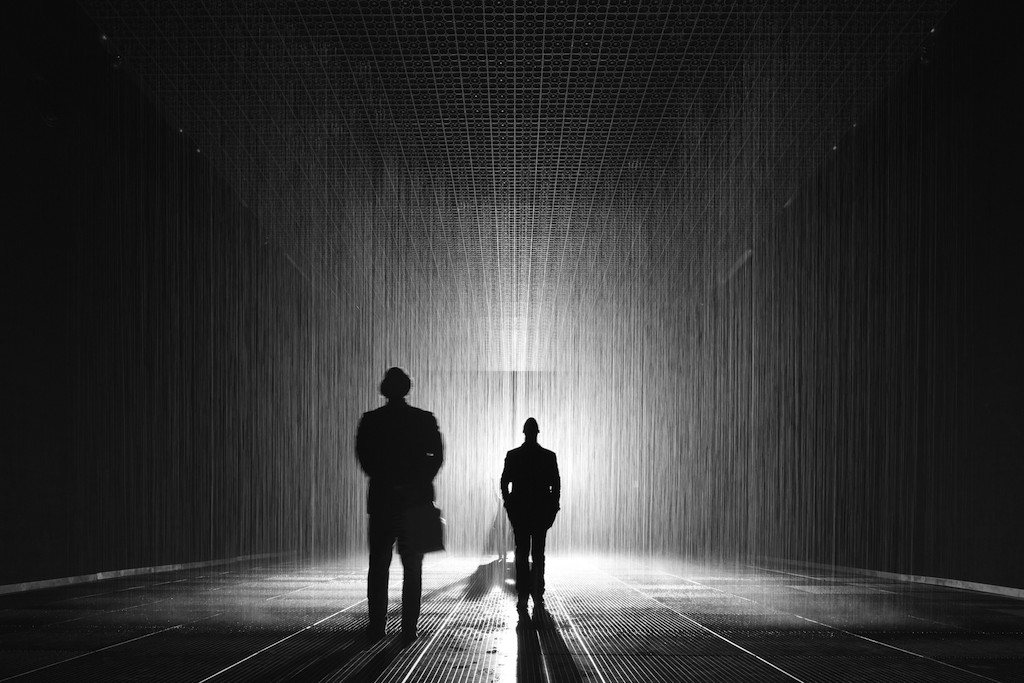
Rain Room was developed by Random International and has previously been installed at the Yuz Museum in Shanghai, MoMA in New York, and the Barbican Centre in London. Rain Room will be at LACMA from November 1, 2015 through March 6, 2016.